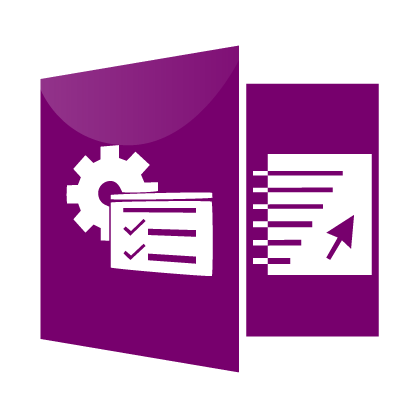System of Environmental-Economic Accounting (SEEA)

The System of Environmental-Economic Accounting (SEEA) is a framework that integrates economic and environmental data to provide a more comprehensive and multipurpose view of the interrelationships between the economy and the environment and the stocks and changes in stocks of environmental assets. It contains internationally agreed standard concepts, definitions, classifications, accounting rules and tables for producing internationally comparable statistics and accounts. The SEEA framework follows a similar accounting structure as the System of National Accounts (SNA).
The SEEA consists of three parts: (i) the SEEA Central Framework, adopted by the UN Statistical Commission as the first international standard for environmental-economic accounting in 2012; (ii) the SEEA Experimental Ecosystem Accounting, which offers a synthesis of current knowledge in ecosystem accounting; (iii) the SEEA Applications and Extensions, which illustrates to compilers and users of SEEA Central Framework based accounts how the information can be used in decision making, policy review and formulation, analysis and research.
The SEEA Central Framework consists of a comprehensive set of tables and accounts, which guides the compilation of consistent and comparable statistics and indicators for policymaking, analysis and research. The SEEA provides information related to a broad spectrum of environmental and economic issues including, in particular, the assessment of trends in the use and availability of natural resources, the extent of emissions and discharges to the environment resulting from economic activity, and the amount of economic activity undertaken for environmental purposes.
The Central Framework comprises the following types of tables and accounts: (a) supply and use tables in physical and monetary terms showing flows of natural inputs, products and residuals; (b) asset accounts for individual environmental assets in physical and monetary terms showing the stock of environmental assets at the beginning and the end of each accounting period and the changes in the stock; (c) a sequence of economic accounts highlighting depletion-adjusted economic aggregates; and (d) functional accounts recording transactions and other information about economic activities undertaken for environmental purposes.
The SEEA Experimental Ecosystem Accounting, although not a statistical standard, provides a consistent and coherent synthesis of current knowledge regarding an accounting approach to the measurement of ecosystems within a model that complements the SEEA Central Framework. Ecosystem accounting encompasses measurement of the contribution of ecosystems to standard measures of economic activity, such as gross domestic product (GDP) and national income, and assessment of the role played by ecosystems in providing a range of other benefits to human well-being that are commonly unpriced and not considered in national-level economic reporting and analysis. To achieve these ends valuation (estimation in monetary terms) of relevant stocks and flows is the main tool of SEEA Experimental Ecosystem Accounting.
The SEEA Applications and Extensions presents various monitoring and analytical approaches which could be adopted using SEEA data sets and describes ways in which the SEEA can be used to inform policy analysis. It, too, is not a statistical standard.
